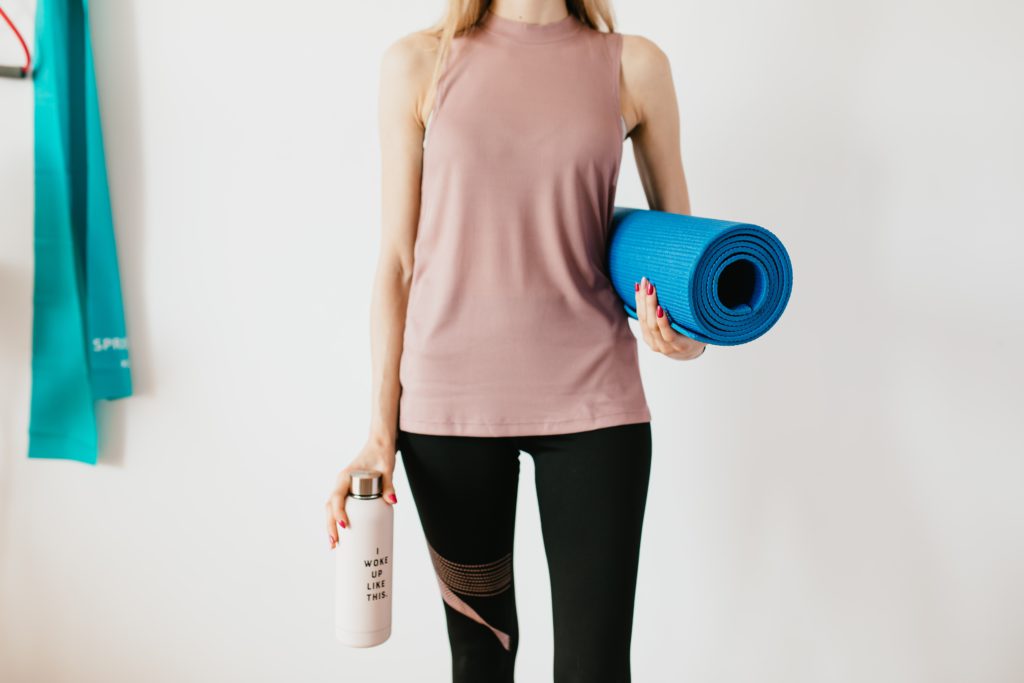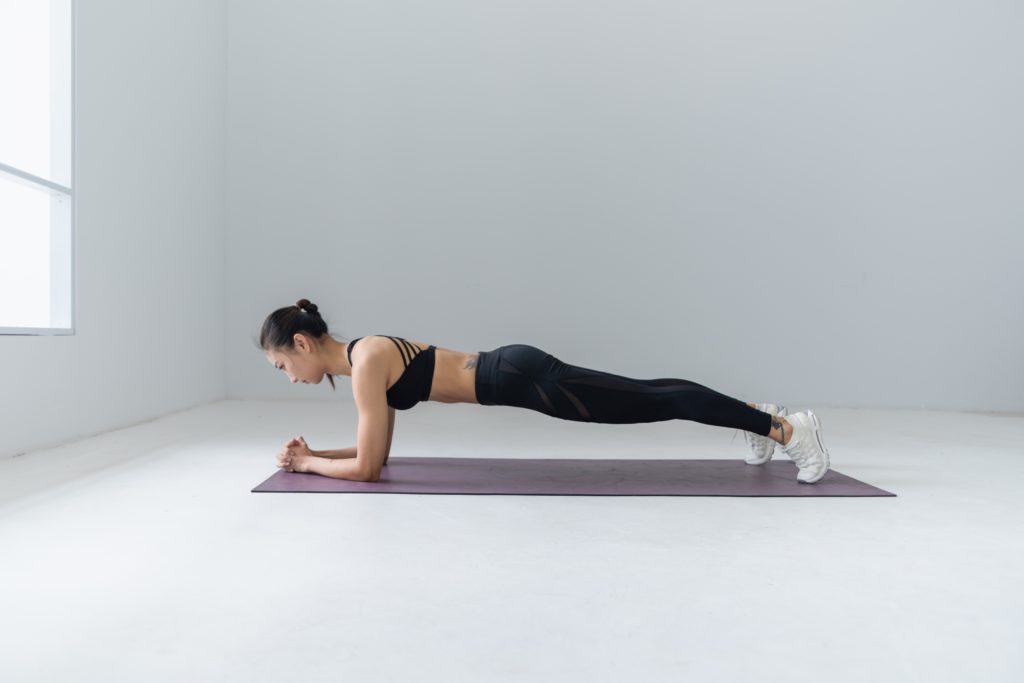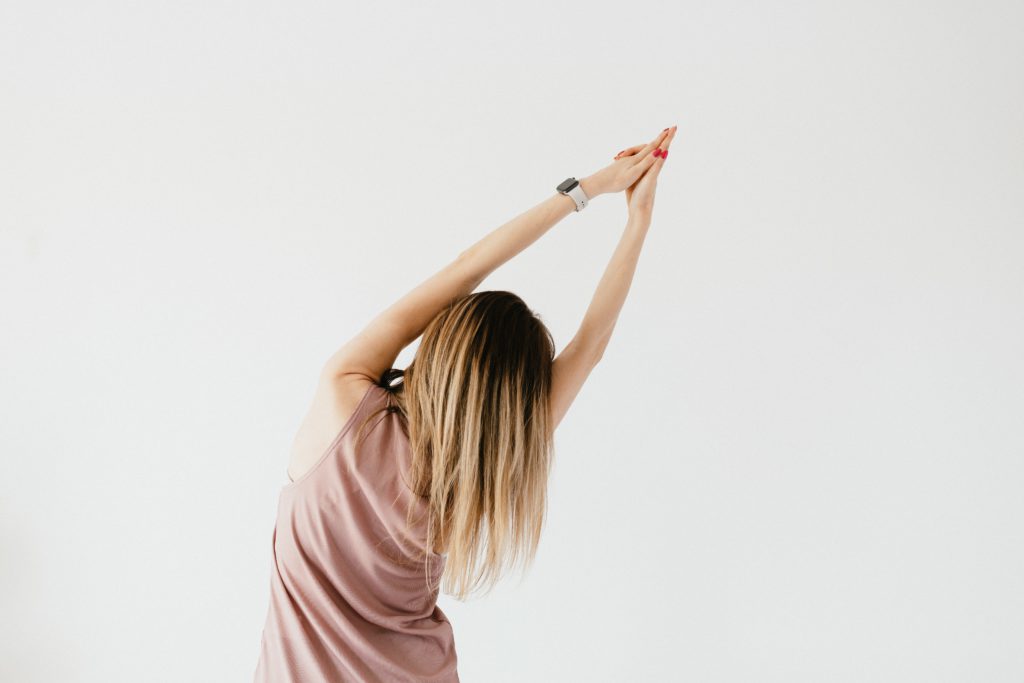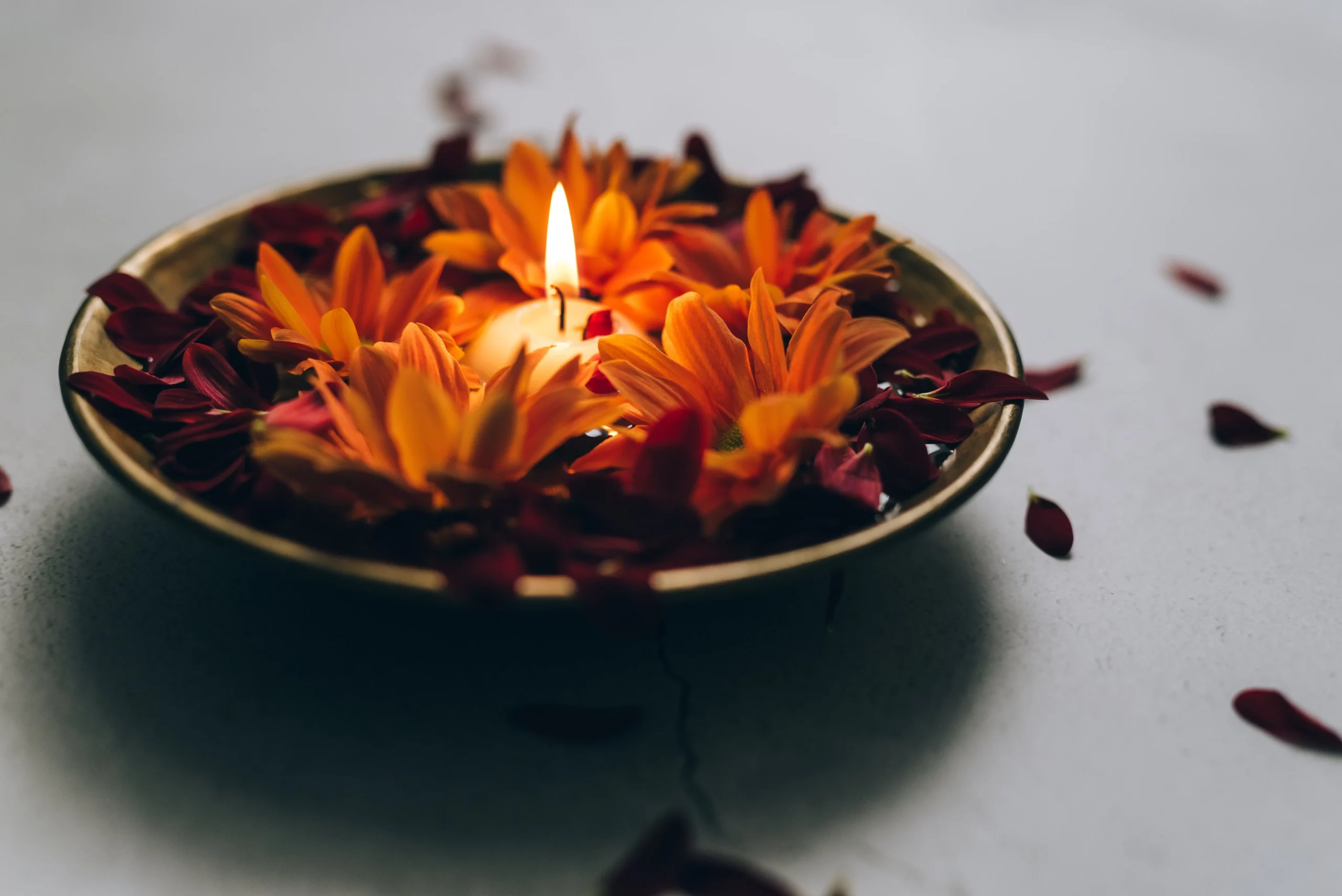The benefits of Pilates are known to all the fitness freaks. Pilates is a set of 500 exercises influenced largely by calisthenic and yoga movements. Pilates’ major focus is on your core. However, once you start training at Pilates, you will also notice your arms and legs gaining strength.
The finest part of the Pilates training is that it may be done with or without equipment. No concerns if you are only a newbie. You can begin with simple Pilates exercises for beginners and then transition to more advanced Pilates training as you improve and start to get a hold of the Pilates workout.
There is a variety of at-home exercises for beginners. This article talks about Pilates workouts that can be done by beginners with a lot of different at-home exercises. These exercises for beginners can be done with or without equipment. All you need is a mat and you are ready to perform various movements to enhance the balance, flexibility, and mobility of your complete body. Ready to attempt? Find a room to move in and try out this Pilates workout with exercises for beginners.
Here are 10 at-home Pilates exercises for you to enhance your fitness journey:
#1 Single-Leg Kick
This Pilates exercise reinforces your glutes and hamstrings. The single-leg kick Pilates mat workout is centered around your thigh hamstrings and muscles.
This is a beginners’ workout yet is helpful for experts as well. By performing this Pilates exercise, your hamstrings give a stretch to the hip and flex the knee that is helpful for daily activities such as walking and jogging.
The single-leg kick exercise works also to assist you to practice lifting your abdominal muscles, opening your chest, and stabilizing your shoulders.
- Lift your upper body so that you get support from your forearms. Hold down your shoulder blades and keep your chest wide. Your elbows should be right below your shoulders. Clasp your hands together on the floor in front of you.
- Take a look down or ahead so that your neck extends your spine for a long time.
- Send your tailbone down to the ground when you draw out your abdomen. Also, with your abdominal firmly pushed, this exercise increases stability and makes your core better.
- Inhale then exhale while bending your right leg to an angle of 90 degrees. Then pulse the foot twice, gently pointing at your butt. To pulse the leg, use two sharp exhales. Protect your knees by engaging your hamstrings and avoid kicking too hard.
- Inhale your legs and extend the right leg as you bend to the left.
- Exhale, perform two left leg pulses
- Do it again about six to eight times.
#2 Pilates Mermaid
Channel your inner mermaid by stretching out your oblique muscles and by increasing spinal mobility with this Pilates exercise for beginners. Mermaid stretch is a Pilates mat workout that extends and opens the sides of your body.
This exercise stretches the obliques, shoulders, and inner thighs. It expands your side body between the ribs and pelvis, lengthening your muscles. This might help you broaden your chest completely. It prepares you for twisting and bending movements.
- Sit with your legs crossed and keep your arms by your side.
- Inhale while reaching your left hand over your head and lean your chest to the right side till you feel a stretch in your left side.
- Inhale and then exhale.
- Again Inhale, when you return to the beginning position.
- Make five reps on each side.

#3 The Saw
The saw workout strengthens the muscles of the spine, stretches out the hamstrings, hips, and abdomen. It might contribute to your posture and a more stable body with regulated movements.
The saw also constitutes pelvic stability. While the upper body is busy, the abdominals keep the hips stable and still during the workout.
- Sit upright and stretch your legs slightly wider than your shoulders.
- Open your arms to the side and your palms to the front.
- Contract your abdominal muscles and pivot to the right, arms, and body, such that your left arm is behind you.
- Rotate the back of your hand to the right foot so that your thumb points down, bend, and flex to your hips.
- Breathe in as you come up to the middle and come back.
- On each side, do six repetitions.
#4 The Hundred
The Hundred is a traditional matt exercise in Pilates. During nearly every Pilates class you take you are asked to execute this Pilates exercise. The exercise is named after 100 beats your heart produces, while your legs and head, and shoulders are stretched out of the mat.
The hundred is a dynamic exercise to warm -up the lungs and abdominals. You must connect your breath with the action and be powerful and graceful simultaneously.
- Lie on the back and stretch out the legs at an angle of 45 degrees.
- Lift your head and upper back off the ground using your abdominal muscle.
- Extend the arms next to the body.
- Start pumping up and down your arms while you inhale and exhale.
- Inhale five counts quickly, then exhale five counts fast – this is a cycle. Do 10 cycles.
#5 Plank leg raises:
The plank leg raise is a wonderful low-intensity workout to tone the stomach and hamstrings. It’s a great technique to stimulate your abdominal muscle and improve your core. In addition to the abs, Plank leg raises are also used to work the glutes, hamstrings, quadriceps, and shoulders.
- Start by going in a plank position with straight-lining the elbows and legs.
- Alternatively, raise your legs when you squeeze your glutes. Don’t forget to engage your abs.
- Ensure that the body’s posture is adequately adjusted and that knees are not bent.

#6 Pelvic Curl
The pelvic curl is a matt exercise designed to warm your spinal and abdominal muscles during a Pilates workout. The workout contributes to improve the spinal joint, activate and reinforce hamstrings, abs, and hip flexors.
If you execute the pelvic curl correctly, the abdominal muscles should do the bulk of the effort. That is how it distinguishes from the comparable bridge practice that works more in glutes, hamstrings, and erect spine in the back.
The objective is to keep the ride behind, to achieve strong sequential joints, and to provide less function to glutes and hamstrings. Let’s see how it’s accomplished.
- Lie on your back, and keep your arms by your side.
- You should both bend your knees and keep them a bit apart.
- Form a bridge gently by curling up the tailbone and softly releasing it to the ground.
- The glutes should be engaged and extremely gradual and controlled for optimum outcomes.
#7 Pilates Push-ups
Pilates push-ups are a powerful technique to lose belly fat and increase body mobility. It’s a complete bodywork. You may strengthen your arms and shoulders by correctly completing this Pilates exercise. To stabilize your torso, you must activate your abdominal and core muscles. This is an excellent technique to make your body’s muscles powerful. To do this, follow these instructions.
- Start straight, then crawl up and return to the same position.
- Keep your breath regulated and try to feel the impact in your arms with each repetition. This guarantees that the complete body participates and that muscle strength and flexibility are developed. Pilates push-ups could be a better option than normal push-ups.
- Repeat this Pilates workout about 3 to 5 times.
#8 Swimming
Swimming in Pilates is an enjoyable mat exercise, but it’s also fairly difficult, as it involves all parts of the body. Fortunately, it’s easy to modify. Swimming is a back-extension activity that stretches greatly various mat movements in Pilates, where forward flexion is required.
This is a terrific workout for your butt, your lower back, and your core. It employs the maximum muscle of the gluteus and you commonly find this exercise in exercises that give your butt greater definition. Your legs are lifted from your body using hamstrings at the back of your thighs.
- Lie down on your belly and stretch overhead your arms.
- Inhale, contract the abdomen and raise your arms, chest, and legs off the floor.
- Make sure your legs are straight.
- Exhale and hold.
- Start breathing vigorously as you move up and down your opposite arms as your legs float.
- Do around 20-50 reps.
#9 The Swan
The Swan is an exercise like the Classical Pilates yoga ‘Cobra.’ It is done in the Pilates Mat sequence following the saw. It’s an excellent workout to extend the backbone.
- Lie down on your belly, keep your legs separated at the distance of the hip, and slightly rotate them outwards.
- Lie up your thumb with your nose by keeping your palms next to your face on the floor.
- Put pressure on your palms softly and slowly raise your upper body from the floor.
- Press the top area of your feet into the mat and make sure to keep your glutes engaged by pushing down your hip.
- Have control over your lower back while pushing it down.
- Do this exercise six times for better results.
#10 The Roll-Up
One of Pilates’ traditional mat exercises is the roll-up. Roll up is a huge challenge for abdominal muscles and is famous for being one of the flat abs exercises in Pilates. One Pilates roll-up is believed to be equal to six standard sit-ups and to create a flat tummy, is much better than crunches.
When you perform roll-up, your spine is mobilized and your abdominal muscles are strengthened by a wide variety of movements. You practice the control with a moderate and careful pace, that is one of the pillars of Pilates.
- Lie on your back with extended legs and hands overhead with palms upward.
- Press your lower back into the ground and point your feet.
- Exhale to start, then inhale and raise your arms and reach for the ceiling.
- Contract the muscles of your abdomen and start curling your spine taking it off the mat.
- Rise gently and maintain a curve in the spine while coming to a sitting position. Once in a sitting position, reach for your toes and try to touch them.
- Slowly reverse the movement and do not forget to inhale. Your spine should meet the ground now.
- Perform at least three to ten reps.
These 10 Pilates exercises for beginners are good for your cores and other areas of your body. As soon as you begin to include these Pilates exercises in your workout for abs at home, you will notice some of Pilates’ many health advantages. It improves your flexibility and strengthens your muscles.
These Pilates workouts can improve your physical coordination and balance especially if you are a beginner. Your consciousness of your body will make you calmer and more relaxed.
Learn Pilates Online from Radhika Karle
Don’t you know where to begin? Don’t worry. Through Radhika Karle’s unluclass you can learn Pilates, where she offered her expertise and described in-depth Pilates. She has addressed subjects such as – Pilates history, respiratory methods, thoracic breathing, functional and core training, posture, and nutrition in her online Pilates class.
To learn Pilates you don’t have to be a gym rat. Anyone can enroll and enjoy the many advantages that Pilates’ offers. Radhika will discuss Pilates exercises for beginners in this unluclass.
Subscribe to Radhika Karle’s Unluclass now!







